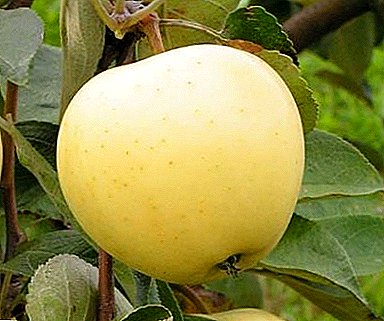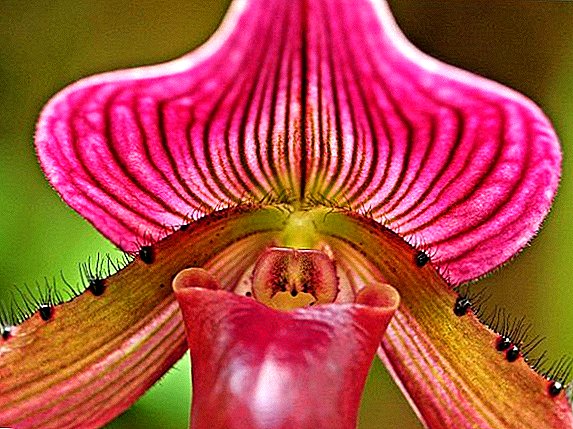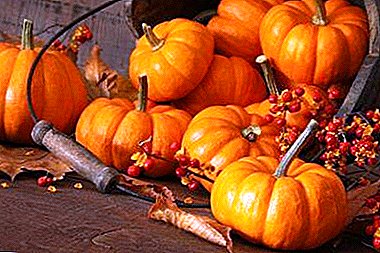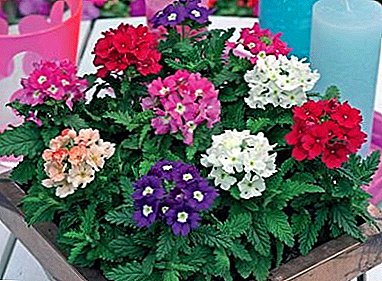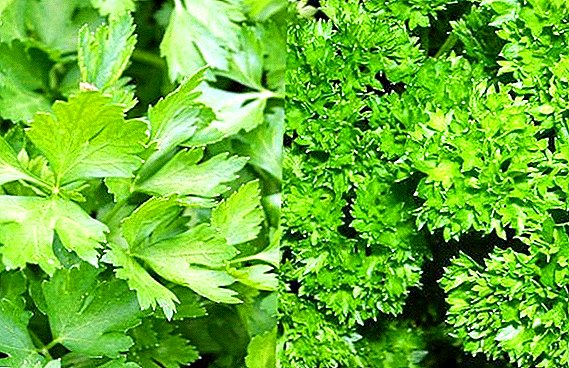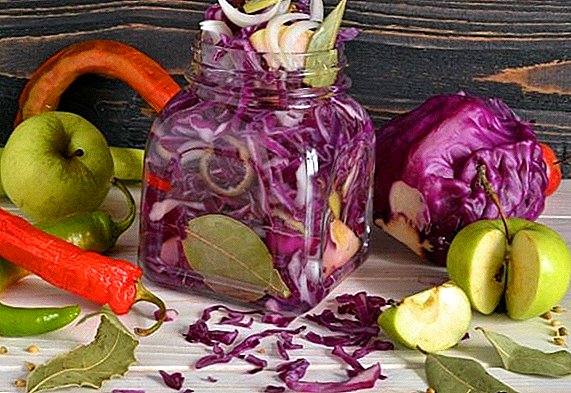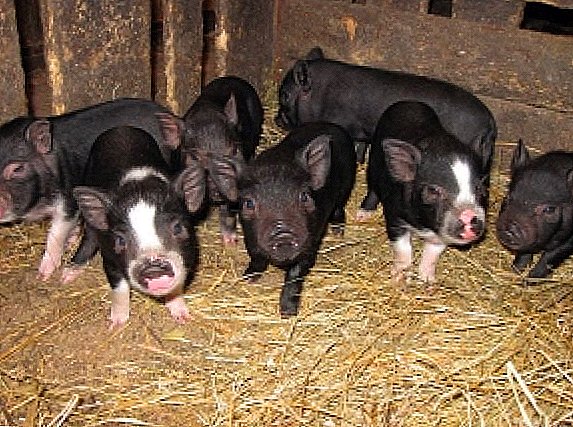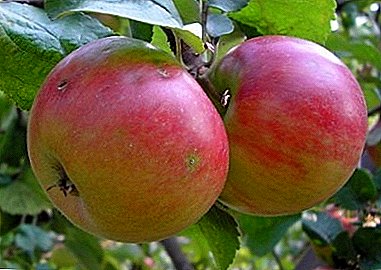
The Apple variety Utes is a representative of winter-hardy varieties with fruits of exceptional commercial quality.
The variety is livable, easy to care for, quick-moving.
What kind is it?
The variety of apple trees Rock belongs to the winter varieties of apple trees. Fruit ripening period is mid-September.. Subject to all recommendations for storage, apples can lie without deformation until February.
Altynai, Idared, Granny Smith, Golden Delicious and Aport also belong to the winter varieties.
The optimal place for storing fruits is a place with low light (or its complete absence). Suitable cellar, basement. The temperature can vary from 0 to 6 degrees Celsius.
Pollination
The apple tree is partly self-fertile, but it is still recommended to plant other winter varieties nearby for successful fruit set.
Description cliff cliff
Apple variety cliff differs in the large sizes of krone and trunk, but, despite this, its fruits have average dimensions.
 Apple variety cliff vigorous.
Apple variety cliff vigorous.
High growth also differ Arkad yellow, Northern Sinap, Arkadik, Cliff.
The shape of the crown is different in the period of maturation and maturity.
When disembarking and in the first years of life, the crown form at the Cliff is pyramid, as it grows, the green mass grows and the deciduous part becomes more spreading.
The main branches are thick, often growing at an acute angle from the trunk. The color of the bark of the main branches - brown, dark.
The foliage on the tree is large, the shape of the individual leaves is short-pointed, wrinkled. Color - green, matte surface, there are wrinkles.
The average weight of one fruit - 125 grams. Sometimes there are fruits of 280 grams, but still their size is considered moderate.
All fruits have an identical flat-rounded shape. The peel of apples with a saturated lemon color, as it ripens, a reddish blush appears in the form of stripes. The ribbing of the fruit is pronounced. At the fruits of the cliff, the average subtle dermal points.
The pulp, like most apple varieties, is beige, medium in density and fine-grained. It tastes tender, sour-sweet and juicy.
Breeding history
 Apple variety was established at the Samara Experimental Gardening Station.
Apple variety was established at the Samara Experimental Gardening Station.
The year when the first Cliff sapling took root is considered to be 1977. At the moment Cliff is still at the stage of the State trial testing.
In 2005 it was included in the State Register for the Middle Volga region.
Growing and distribution region
Actively distributed in the Middle Volga region. Thanks to winter hardiness, it has good forecasts for growing in the regionswhich are characterized by cold winters. Found in Ukraine, Lithuania, Belarus.
Yield
The variety of apple trees is fruiting. The cliff comes in 5-6 year.. Since the first fruit set, they bear fruit annually and abundantly.
The removable maturity of the fruit reaches September 15-20. In the first years of fruiting, crop volumes increase, at 9-10 a year after planting a tree, the yield of trees reaches 80 centners per hectare.
The veteran, the Beauty of Sverdlovsk, Lobo, Kuibyshevsky and Winter Beauty are also considered high-yielding.
Planting and care
Apple Tree Cliff needs year-round care. In order for the sapling to start producing a bountiful crop, it is necessary to follow a few simple recommendations for caring for and planting.
 Apple trees are planted either in spring or autumn. These two seasons are the most favorable for the process of mastering a new place.
Apple trees are planted either in spring or autumn. These two seasons are the most favorable for the process of mastering a new place.
If you plant an apple tree in the spring, the recommended period is: mid-April - mid-June.
If in the fall, there are no clear restrictions on months, but there is one important condition: landing should be made at least two weeks before the start of the first frost.
Seedlings, which age is two years, before planting are shortened to 80 cm, if the length of the roots is less than 40 cm, you can shorten the crown. An undeveloped root system will not be able to adequately supply the necessary microelements with a large crown.
Zadrenazhiruyte seat. Prepare a landing hole. Separate the upper and lower layers of the soil, part of the upper layer mixed with fertilizer mixtures (humus, mineral fertilizers), poured into the bottom of the pit in the form of a hill.
Place the seedling on the formed mound, near the apple tree, drive in the peg and begin to gradually fill the planting hole. Layers can be slightly moistened for better fixation of the tree in the soil.
IMPORTANT: Make sure that the radical neck is not buried, otherwise rotting may begin.
Watering
 The first years of the seedling's life must be carefully monitored so that the cliff receives the right amount of moisture.
The first years of the seedling's life must be carefully monitored so that the cliff receives the right amount of moisture.
In case of hot and dry weather, the tree should be abundantly and regularly supplied with water. One watering should be done in the amount of approximately three buckets of water.
In order not to worry constantly about dry soil, plant a tree with sod or a clover carpet around it - they will be able to keep moisture near the root system of the seedling.
Pruning
Every year since the beginning of spring, it is necessary to shorten last year's shoots by approximately twenty percent. It is also mandatory to remove all damaged, broken, rotted areas during the winter.. During flowering, fruiting trees cut out part of the inflorescence (2-3 of 5 flowers can be left) for better quality fruits.
All branches that grow inside the crown are necessarily removed.
Disinfect the areas in which the living tissue separates, otherwise parasites can penetrate through the wounds.
Hygiene
While the tree is young, carefully destroy all weed plants that grow within the zone of reach of the root system. Every autumn, before the onset of winter, carefully collect fallen leaves, but during the harvest - remove unfit for consumption and sale from under the tree.
The fact is that if you allow the fallen parts to remain for the winter under a tree, they can become breeding grounds for pathogenic bacteria, in particular, the most common ailment of fruit trees - scab.
Diseases and pests
So, let's get down to studying the diseases to which this variety shows weakness.
Scab
The apple-tree of a grade the Rock has rather high resistance to a scab, but not full immunity. Scab spreads through sporeswhich actively develop on last year's rotten foliage and fruit.
Spring leaves young leaves. They form yellow light spots, which are characterized by oily shine. After the affected leaves dry up, the disease affects the ovaries, fruits, and buds.
Treatment: most often gardeners use autumn spraying with a urea solution, which is made after the tree has dropped all the leaves, and the gardener has carefully removed them. Also, specialized drugs, such as Skora, Bordeaux liquid and Cumulus, are sometimes used against scab damage.
Apple crab
 The disease is less common, but more dangerous than scab. It often occurs at low temperatures.
The disease is less common, but more dangerous than scab. It often occurs at low temperatures.
The causative agent is a fungus that causes a rotting process on the bark of the trunk and main branches.
Manifestation of tissue in the form of ulcers or growthsthat can "bleed" fluid. If in time the affected areas are not removed, the bark begins to exfoliate, the disease penetrates into the tree. When infected with apple cancer, fruit tree without treatment can live a maximum of three years.
Treatment: for the treatment of the disease, the affected areas are removed, and the cut points are washed with Bordeaux liquid or garden pitch. Cut off diseased branches and bark are burned outside the garden.
In apple carcinoma, the affected areas no longer grow and are not restored.
Mealy dew
Fungal infection, which is manifested in the formation of "powdery" plaque, which for novice gardeners is often perceived as dust pollution.
Further mold gets a black tint, the leaves dry up and fall off, and the disease tends to destroy the inner part of the trunk.
 Treatment: Remove all infected areas, leaves.
Treatment: Remove all infected areas, leaves.
Disinfect the areas of separation and circumcision.
After treating the wood with a solution of the drug "Topaz" at the rate of 2 ml per bucket of water.
After fructification, you need to process the cliff Bordeaux liquid.
Fill about 5-6 cm of topsoil between the fertilizer mixture and the roots so that the roots avoid direct contact with the fertilizer.
Do not neglect and prevention against pests. Most often, fruit orchards can be found in fruit orchards, moth, apple moth, silkworms and haws. How to get rid of them, read the individual articles of our site.
If you decide to opt for a cliff sapling, please know that it will not give you any trouble. Resistant to scab, well tolerating low temperatures, it will endure even the coldest winters and will delight you with a bountiful harvest of beautiful and juicy apples.


